GRASSE: MAKING THE WORLD SMELL GOOD SINCE THE 16TH CENTURY October 9, 2024
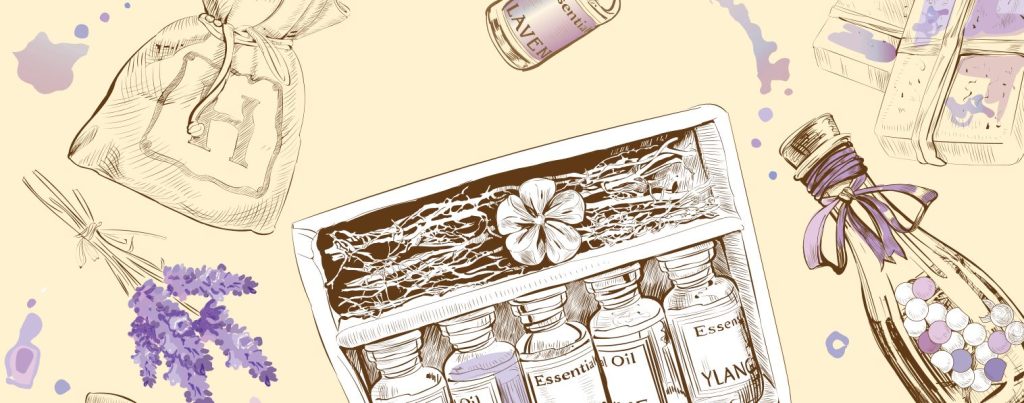
Up in the hills, west of Nice, above the famous French Riviera city of Cannes, is the town of Grasse. It does not hold the popularity of its neighbouring cities, neither does it have the sea view. However, it has the most glorious fragrances. Thriving fields of flowers fill the air of Grasse with the aroma of jasmine, May rose, tuberose, and lavender. A confluence of soil, sun, and temperature nurture the most delicate of flowers, making it the perfume capital of the world.
BIRTH OF THE PERFUME CAPITAL
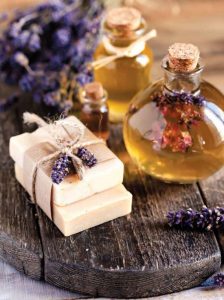 But Grasse didn’t set out to be the perfume capital. Its story begins with the foul odours of yesteryear. Till the 16th century Grasse was famous across Europe for its leather. The production process involved tanning, which produced a pungent smell. The nobility of the town did not take it well. To appease them a tanner from Grasse presented the then French Queen, Catherine de Medici, a scented leather glove. That was the spark that led to the birth of the fragrance industry. Slowly, the region started producing iris, hyacinth, and rose-scented soaps. And the town folk began supplying raw materials to Persian scent-makers.
But Grasse didn’t set out to be the perfume capital. Its story begins with the foul odours of yesteryear. Till the 16th century Grasse was famous across Europe for its leather. The production process involved tanning, which produced a pungent smell. The nobility of the town did not take it well. To appease them a tanner from Grasse presented the then French Queen, Catherine de Medici, a scented leather glove. That was the spark that led to the birth of the fragrance industry. Slowly, the region started producing iris, hyacinth, and rose-scented soaps. And the town folk began supplying raw materials to Persian scent-makers.
THE SCENT OF GRASSE
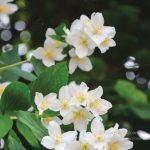 The elements of nature nurtured flowers in this region. Back in the 17th century rose, jasmine, lavender, myrtle, and wild mimosa became the genesis of the French perfume industry. Today Grasse is globally popular for jasmine and May rose, a pale pink flower that blossoms in May. These flowers form the base of numerous popular fragrances across the world, including Chanel’s crown jewel, No. 5. In fact, the town of Grasse vivaciously celebrates the glorious aroma of jasmine and May rose every year. Festivals are held in Grasse to mark the scents that gave it the title of perfume capital. Luxury brands like Dior, Hermès, and Chanel actively contribute to the economy of the town. A while ago Dior also re-established the former residence of Christian Dior, the famous Château de la Colle Noire, in Grasse.
The elements of nature nurtured flowers in this region. Back in the 17th century rose, jasmine, lavender, myrtle, and wild mimosa became the genesis of the French perfume industry. Today Grasse is globally popular for jasmine and May rose, a pale pink flower that blossoms in May. These flowers form the base of numerous popular fragrances across the world, including Chanel’s crown jewel, No. 5. In fact, the town of Grasse vivaciously celebrates the glorious aroma of jasmine and May rose every year. Festivals are held in Grasse to mark the scents that gave it the title of perfume capital. Luxury brands like Dior, Hermès, and Chanel actively contribute to the economy of the town. A while ago Dior also re-established the former residence of Christian Dior, the famous Château de la Colle Noire, in Grasse.
THE PRECISION OF PERFUME MAKING
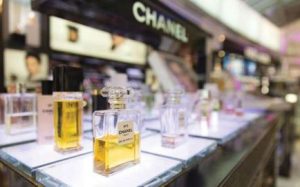 Grasse’s ecology boasts of specimens dating back three centuries. During the industrialisation in the 19th century, perfumers ventured out and collected scent samples. They brought back fragrances likes patchouli from Singapore and pink pepper wood from California, though they did not alter the recipe of popular formulations. Precision is paramount in perfume making. For instance, perfumers in the region still use jasmine grown in Grasse for Chanel No. 5 since it was originally crafted with it. They explain that the same jasmine grown in Egypt or Morocco will be different because of the soil and climatic conditions.
Grasse’s ecology boasts of specimens dating back three centuries. During the industrialisation in the 19th century, perfumers ventured out and collected scent samples. They brought back fragrances likes patchouli from Singapore and pink pepper wood from California, though they did not alter the recipe of popular formulations. Precision is paramount in perfume making. For instance, perfumers in the region still use jasmine grown in Grasse for Chanel No. 5 since it was originally crafted with it. They explain that the same jasmine grown in Egypt or Morocco will be different because of the soil and climatic conditions.
Every year around 27 tonnes of jasmine are harvested in Grasse. The town possesses all the required technology from production to manufacturing extract. Now perfumers from across the globe arrive in Grasse to hone their sensory skills. The perfumeries and institutes here help those with the nose distinguish between over 2,000 scents.
THE CHARM OF GRASSE
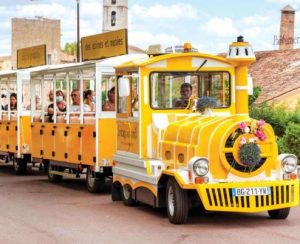 Grasse exudes an old-world charm with a dash of modern brilliance. The city’s winding cobblestone streets are complemented by colourful cafes. One cannot walk by the lanes of Grasse without shops luring customers to their windows with scents of pastel soaps and perfumes. Architectural marvels hug the landscape of this medieval town. But the neighbouring areas possess rich soil and are blessed with a warm climate; the town provides the perfect environment for sweet-scented blossoms. Grasse also satiates the wanderlust of all those who pass through its borders. Grasse’s cathedral, Notre-Dame du Puy, marvels in the glory of Romanesque designs. Though modest in comparison to
Grasse exudes an old-world charm with a dash of modern brilliance. The city’s winding cobblestone streets are complemented by colourful cafes. One cannot walk by the lanes of Grasse without shops luring customers to their windows with scents of pastel soaps and perfumes. Architectural marvels hug the landscape of this medieval town. But the neighbouring areas possess rich soil and are blessed with a warm climate; the town provides the perfect environment for sweet-scented blossoms. Grasse also satiates the wanderlust of all those who pass through its borders. Grasse’s cathedral, Notre-Dame du Puy, marvels in the glory of Romanesque designs. Though modest in comparison to 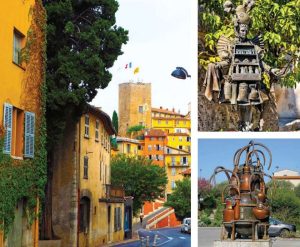 some others, the cathedral houses paintings by Peter Paul Rubens, and Jean-Honoré Fragonard, the man whose name is synonymous with the biggest fragrance house in the city. For a perfume lover, Grasse is a paradise. A trip to this quaint town can be embellished with the knowledge about the history of perfumes at Musée International de la Parfumerie. For those with a creative nature, perfumeries offer guided tours to go behind the scenes and comprehend the art of perfume making. And for those who have a nose for the process, the Grasse Institute of Perfumery offers a fragrant future.
some others, the cathedral houses paintings by Peter Paul Rubens, and Jean-Honoré Fragonard, the man whose name is synonymous with the biggest fragrance house in the city. For a perfume lover, Grasse is a paradise. A trip to this quaint town can be embellished with the knowledge about the history of perfumes at Musée International de la Parfumerie. For those with a creative nature, perfumeries offer guided tours to go behind the scenes and comprehend the art of perfume making. And for those who have a nose for the process, the Grasse Institute of Perfumery offers a fragrant future.
A NATURAL COVER
Grasse owes its emergence as a perfume capital to nature’s blessing. The town is uniquely located between the mountains and the Mediterranean Sea, creating a balance ideal for cultivating delicate flowers. Its favourable weather with abundant sunshine, mild winters, and well-drained soil aids in the blooming of flowers. Today, the allure of jasmine, rose, mimosa, tuberose, and lavender attracts the fragrance and perfumery industry to this town. Grasse has been bestowed the status of World Heritage Site by UNESCO. Once you’ve stepped foot in the town of Grasse, the aroma lingers way after you leave its confines. This holds especially true if you are in the company of a few soaps, body sprays, and eau de toilette from the land of fragrances.
 Ultra International B.V.
Ultra International B.V.